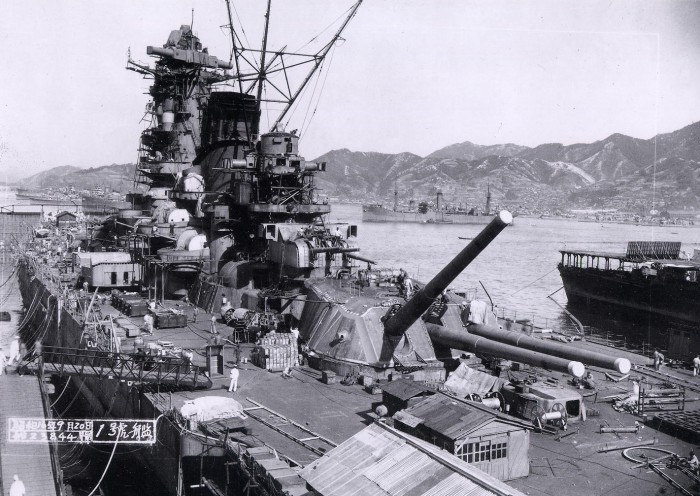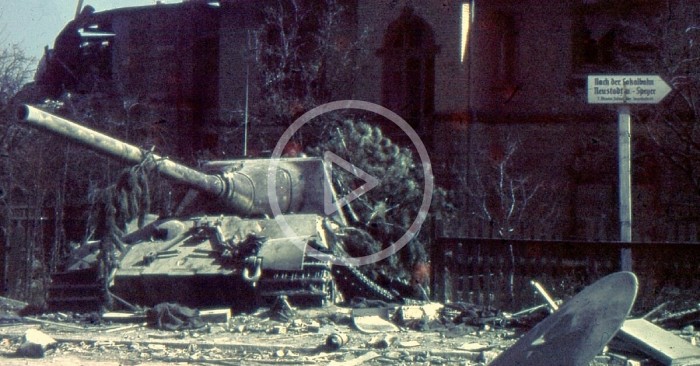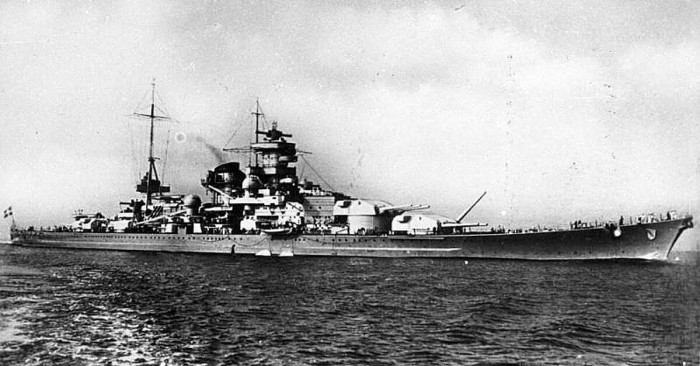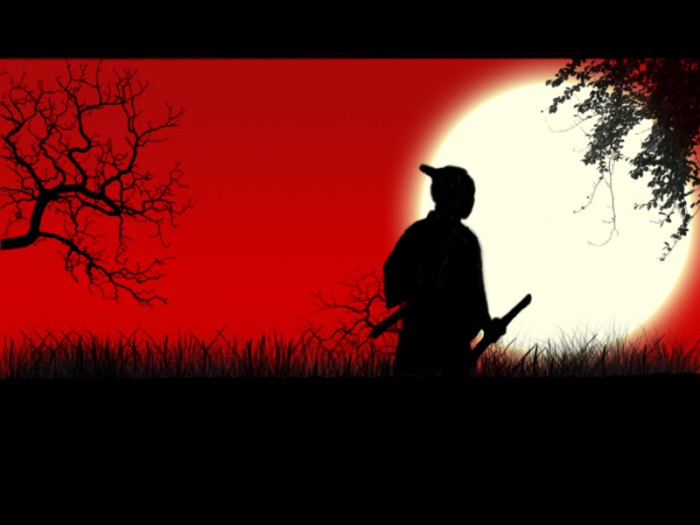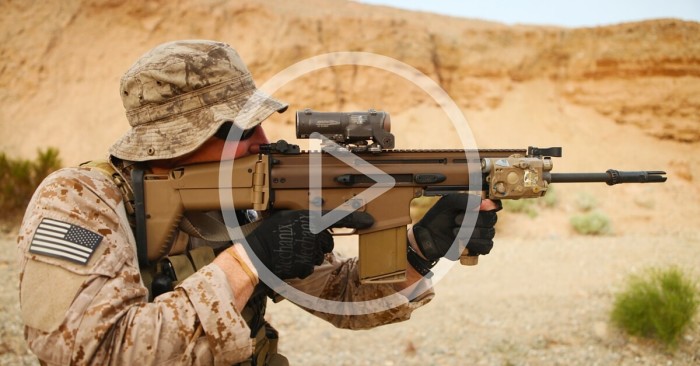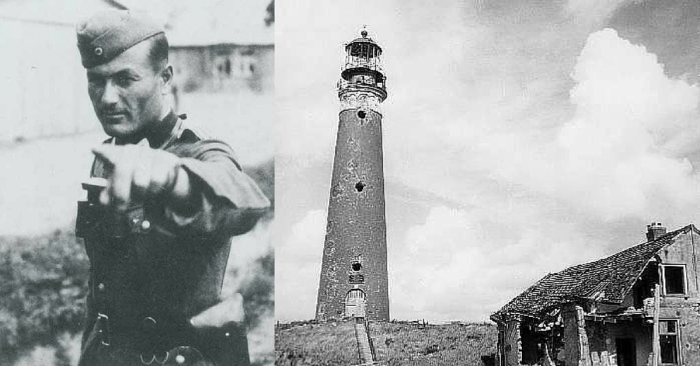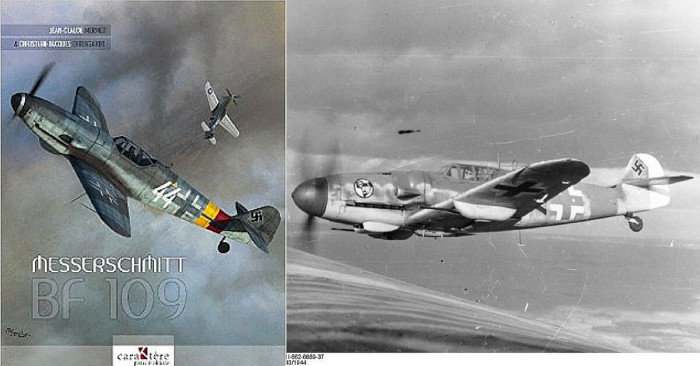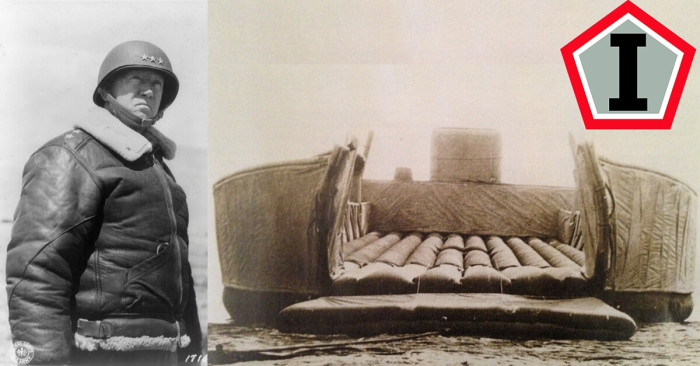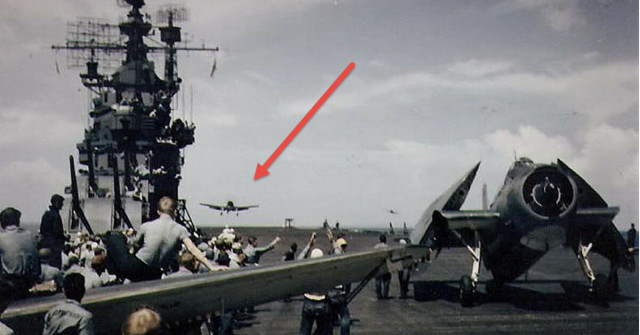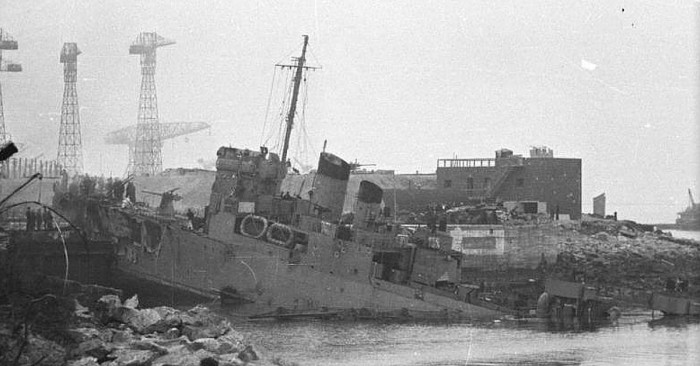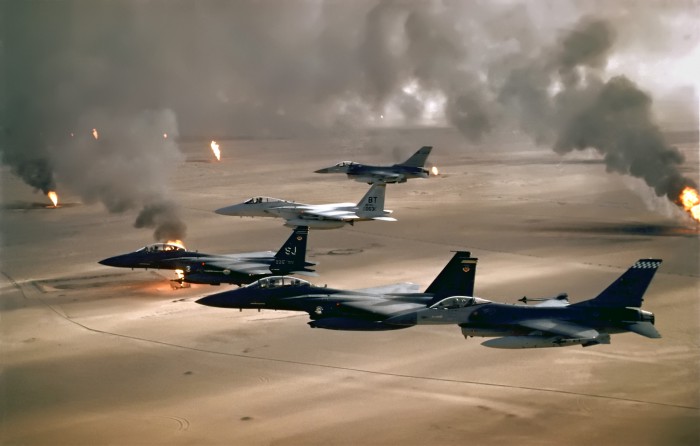On the morning of Saturday April 7th, 1945 tension aboard the aircraft carrier USS Hornet (CV-12) was times a thousand. The fighter pilots with Hornet’s Air Group 17 were grim after the heavy kamikaze raids the day before but remained optimistic. On this particular day the skies above them lay in a dull overcast and threatening clouds darkened the horizon in all directions. Six days earlier on April 1, US forces under Lt. Gen. Simon Buckner had invaded Okinawa. Five days after that, on Friday, April 6, suicide planes from Japan and Formosa rained down upon the Okinawa invasion forces by the hundreds. American ships were sunk at random and sailors were maimed beyond recognition all according to the unfathomable fortunes of war.
Ετικέτες
- -Παράδοση (140)
- Αμερική-Η.Π.Α (148)
- Αμερική-Η.Π.Α. (2675)
- Ανταρκτική (7)
- Άρης (15)
- Ασία-Μ.Ανατολή (2763)
- Αστρονομία- Επιστήμη (895)
- Αυστραλία (82)
- Αφρικη (307)
- Αφρική (199)
- Αφροδίτη (3)
- Διεθνή (6429)
- Εναλλακτική Ιστορία (274)
- Εξ. Πολιτική (Αρχές) (152)
- Επιστήμη-Διάστημα (170)
- Εσωτερική πολιτική (3342)
- Ευρώπη (7882)
- Ζητήματα Ελληνισμού (12750)
- Ζητήματα Στρατηγικής (3077)
- Ζητήματα Στρατηγικής Μονάδες (2)
- Ζητήματα Στρατηφικής (365)
- Ζωικό Βασίλειο (102)
- Θρησκευτικά Ζητημάτα (1706)
- Ιατρικά (384)
- Ιστορία-Μέθοδολογία (278)
- Ιστορικά (9668)
- Κοινωνία (3026)
- Κουρδικό (301)
- Κρόνος (1)
- Κύπρος (743)
- Μαγειρική (123)
- Μεθοδολογία (33)
- Μονάδες (3570)
- Οικονομία (2581)
- Οπλικά συστήματα (1523)
- Οχήματα (270)
- Παιδεία (540)
- Περιβάλλον (122)
- Πλούτωνας (5)
- Πολιτισμός (1389)
- Ρομαντισμός (220)
- Σελήνη (6)
- ση (2)
- Σημαντική Ανάρτη (2)
- Σημαντική Ανάρτηση (199)
- Συγκριτική Ιστορική Ανάλυση (772)
- Τέχνη (1)
- Τεχνολογία (2)
- Τουρκία (2462)
- Τρομοκρατία (760)
- Φιλοσοφία (336)
- Χ.Α. (748)
- ΧΑ (1)
Παρασκευή 8 Απριλίου 2016
First down on Yamato! By Barry Smith
On the morning of Saturday April 7th, 1945 tension aboard the aircraft carrier USS Hornet (CV-12) was times a thousand. The fighter pilots with Hornet’s Air Group 17 were grim after the heavy kamikaze raids the day before but remained optimistic. On this particular day the skies above them lay in a dull overcast and threatening clouds darkened the horizon in all directions. Six days earlier on April 1, US forces under Lt. Gen. Simon Buckner had invaded Okinawa. Five days after that, on Friday, April 6, suicide planes from Japan and Formosa rained down upon the Okinawa invasion forces by the hundreds. American ships were sunk at random and sailors were maimed beyond recognition all according to the unfathomable fortunes of war.
Watch Massive 72 Ton Jagdtigers Surrender in Germany, 1945
by Joris Nieuwint -
The battalion was formed at Döllersheim on 11 February 1945, it received its first Jagdtigers on 16 February and by 13 March, it had been brought up to a strength of 20 vehicles in two companies, with the 3rd Company made up of personnel transferred from the 511th Heavy Panzer Battalion.
The Battle of North Cape, and the utter destruction of the pocket battleship Scharnhorst.
by Barney Higgins -
Unknown to the German command, the convoy’s British escort, led by Admiral Sir Robert Burnett and Admiral Bruce Fraser, had successfully intercepted the Scharnhorst’s radio communications. They were fully aware of the Scharnhorst’s plan to sink the convoy.
It was the day after Christmas. On the north sea, December 26th, total darkness reigned for most of the day. The British Admiral Fraser commanded from the HMS Duke of York, a powerful and heavily armed battleship. Supporting the Duke of York were the Cruiser Jamaica and four destroyers.
A Turning Point In The Life Of Musashi, The Undefeated Samurai
by Barney Higgins -
Kojiro was considered one of the greatest Samurai in Japan. He was famous throughout the land for his speed and precision, which was made even more remarkable by his preferred weapon. He wielded a huge no-dachi blade, a curved Japanese sword in the classic style, but with a blade over a meter in length. The size and weight of the no-dachi made it a brutal, unsubtle weapon, but Kojiro had perfected its use to a degree unheard of in all Japan.
Contentious Parade Staged By Latvian Waffen SS Veterans
by War History Online -
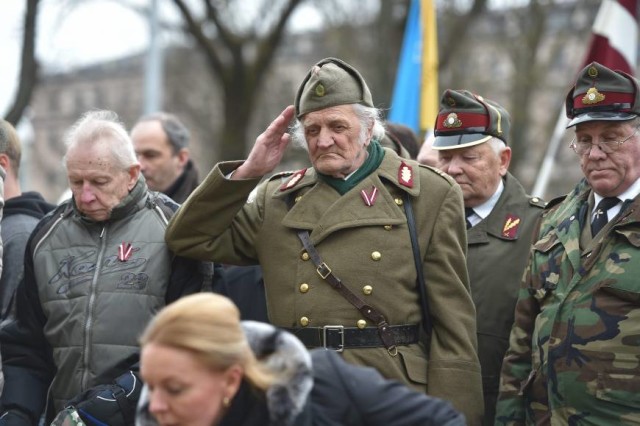
Veterans of Latvian Legion held a parade this month in Riga to honor a key 1944 World War II battle. The parade is controversial because the Legion was commanded by the German Waffen-SS, the Nazis’ elite police force, and fought against the Soviet army.
More than 1,000 people paraded through the Old Town of the Latvian capital. The security presence was strong during the parade.
Jewish groups, Moscow, and much of Latvia’s Russian minority felt that the parade glorified Nazism. 25% of the 2 million people living in Latvia identify as Russian. They dislike the Legion and all it represents.
Top 5 Battle Rifles (Watch)
by Joris Nieuwint -
Georgian Uprising and Subsequent Massacre on Texel – Western Europe’s Last Battle Of WWII
1.32k
SHARES
| FacebookTwitter |
The Georgian Uprising on Texel (5 April 1945 – 20 May 1945) was an insurrection by the 882nd Infantry Battalion Königin Tamara (Queen Tamar or Tamara) of the Georgian Legion of the German Army (Wehrmacht Heer) stationed on the German-occupied Dutch island of Texel (pronounced Tessel). The battalion was made up of 800 Georgians and 400 Germans, with mainly German officers.
For five years it was as idyllic as war could be. But for the last six weeks – extending beyond the official end of the Second World War – it was bloody carnage. Those who were once comrades in uniform suddenly took to butchering one another in a conflict that has come to be called Western Europe’s last battle.
What Do You Get When You Cross a T-34 with a Mig 21? (Watch)
-
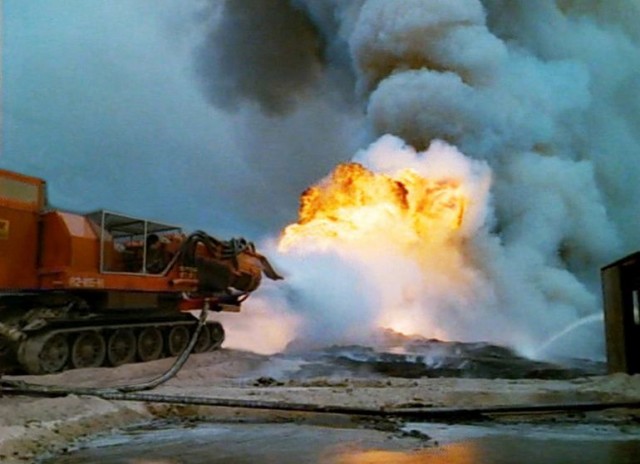
The Kuwaiti oil fires were caused by Iraqi military forces setting fire to a reported 605 to 732 oil wells along with an unspecified number of oil filled low-lying areas, such as oil lakes and fire trenches, as part of a scorched earth policy while retreating from Kuwait in 1991 due to the advances of Coalition military forces in the Persian Gulf War.
MESSERSCHMITT Bf 109 – Review by Mark Barnes
by Mark Barnes -
1.10k
SHARES
| FacebookTwitter |
We saw their look at German panzers towards the end of last year and this time round the publisher turns our attention to the Messerschmitt Bf 109 fighter plane. The book takes the reader through the history of design and development of the famous fighter before looking at the long sequence of production variants including a phalanx of differences in detail. The authors finish up by outlining the special versions of the aircraft and the appendices include a wealth of technical information.
Personal Effects Of WWII Pilot Returned To Family 72 years After His Death
by War History Online -
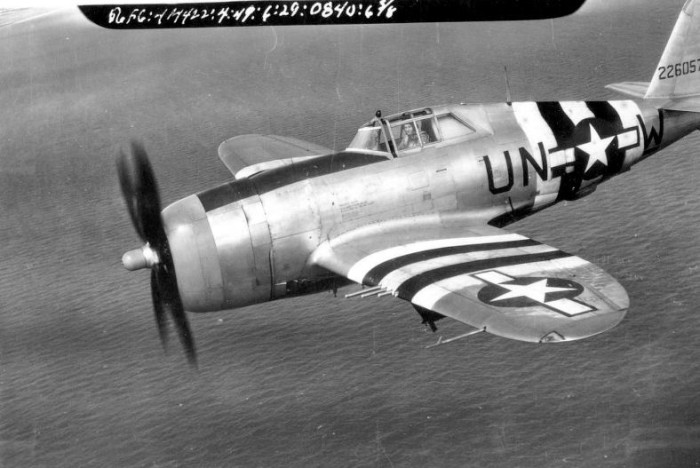
FUSAG: Patton’s D-Day Army That Didn’t Exist
by Andrew Knighton -
2
SHARES
| FacebookTwitter |
Preparing for D-Day
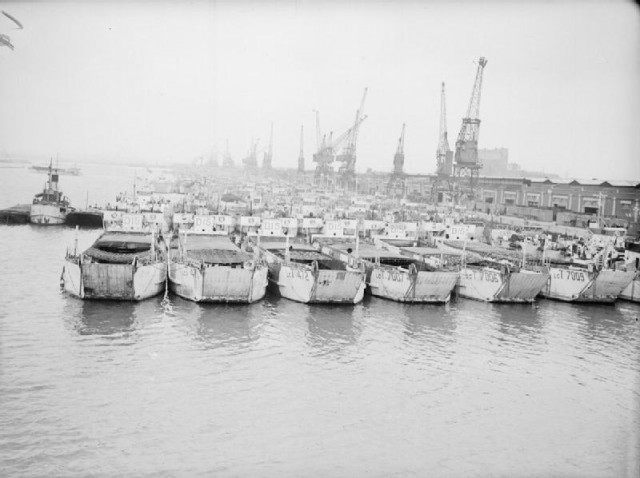
But for the western powers, this created a problem. The Germans under Kesselring were slowing their advance up Italy, and would become even harder to fight in the mountain passes of the Alps. By the time the British and Americans reached beyond Italy, the Russians might have taken most of Europe, something the western nations feared. After all, they and Russia were allies of convenience.
The deadliest fighter planes of WWII ...
Hawker Hurricane
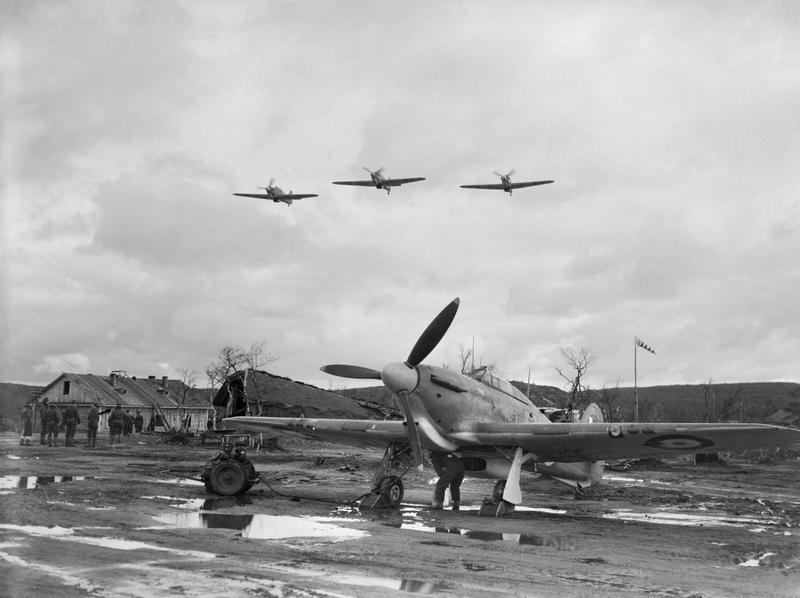
Carrier Operations In the Pacific – 22 Amazing Picture you MAY Not have Seen Before !?!
Saint Nazaire Raid: Massive Intel, Courage, Sacrifice and Big Explosions
by Colin Fraser -
0
SHARES
| FacebookTwitter |
A little after 1:20 AM on March 28th, 1942, searchlights on both sides of the Loire Estuary flooded the waterway to reveal the convoy of 12 motor launch boats, a motor gun boat, motor torpedo boat and a destroyer which had somehow managed to slip over the sand banks flying German colors and signal lighting friendly code.
That little delay didn’t last long before the Germans guarding the Estuary and the vital Saint Nazaire harbor and Normandie dry dock opened up all their guns on the approaching British sailors and commandos. At 1:28 AM, Lieutenant Commander Stephen Halden Beattie ordered the Royal Navy’s White Ensign raised and kept his command, the destroyer HMS Campbeltown, sailing for her target: ramming the gates of the dry dock.
A few minutes of exchanged gunfire with the German shore positions later, Campbeltown drove her weight into the gates, pushing 33 feet into the dock. A commando group divided into assault, demolition, and protection teams disembarked, cleared the area, and blew up the dock’s water pump and gate machinery at great cost of life.
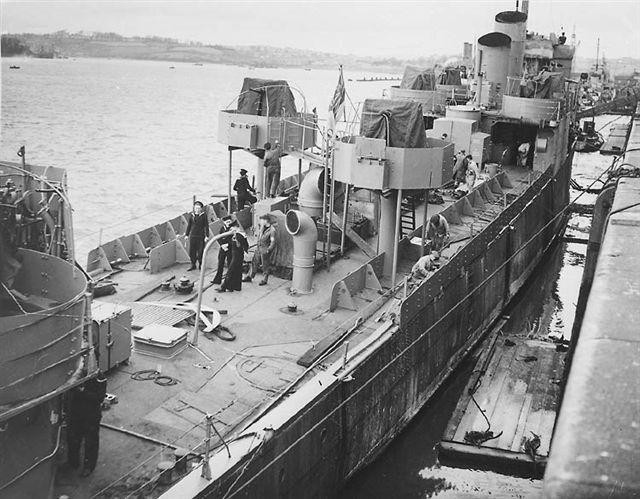
A tragic end to such a beautiful ship – the fate of the SS Normandie, world’s greatest passenger liner ever created
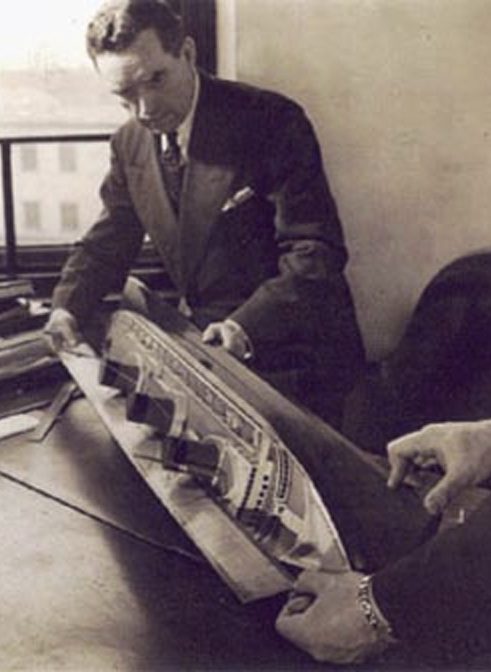
New Viking exhibit coming to New York
The idea that Vikings wore horned helmets began in the 19th century. Authors and artists alike gave people a romanticized version of the Norse culture. However, no horned helmet that has been described and depicted has actually ever been excavated.
Top 11 Biggest Air Battles in War History
Εγγραφή σε:
Σχόλια (Atom)

